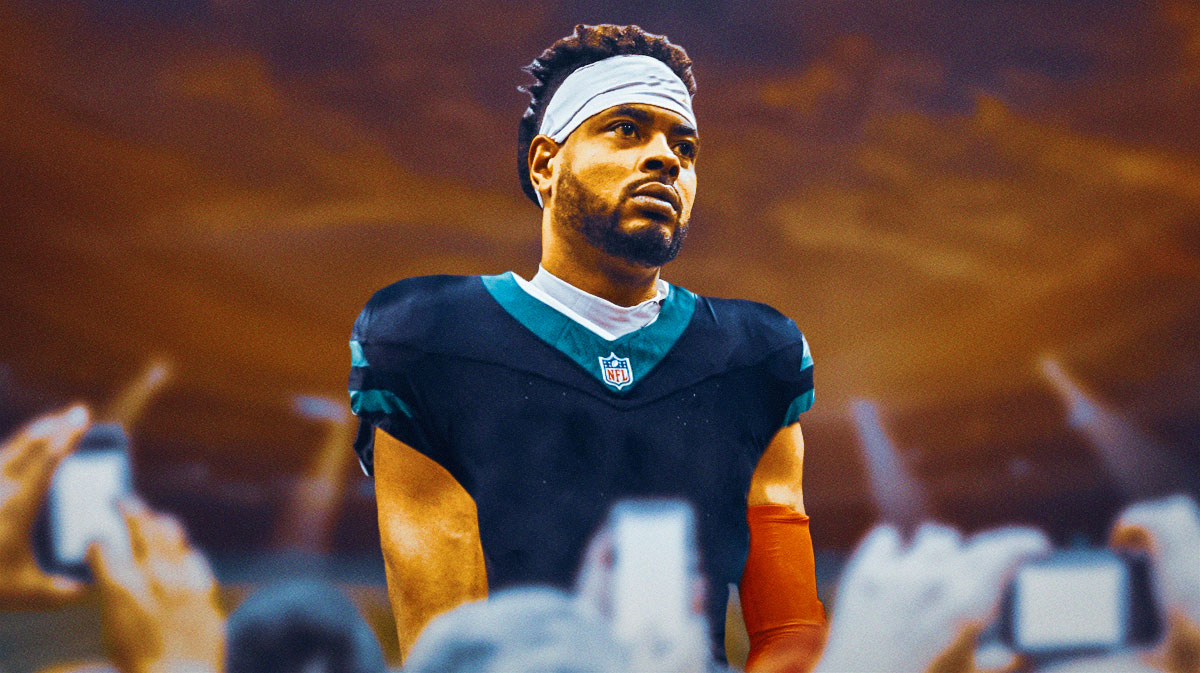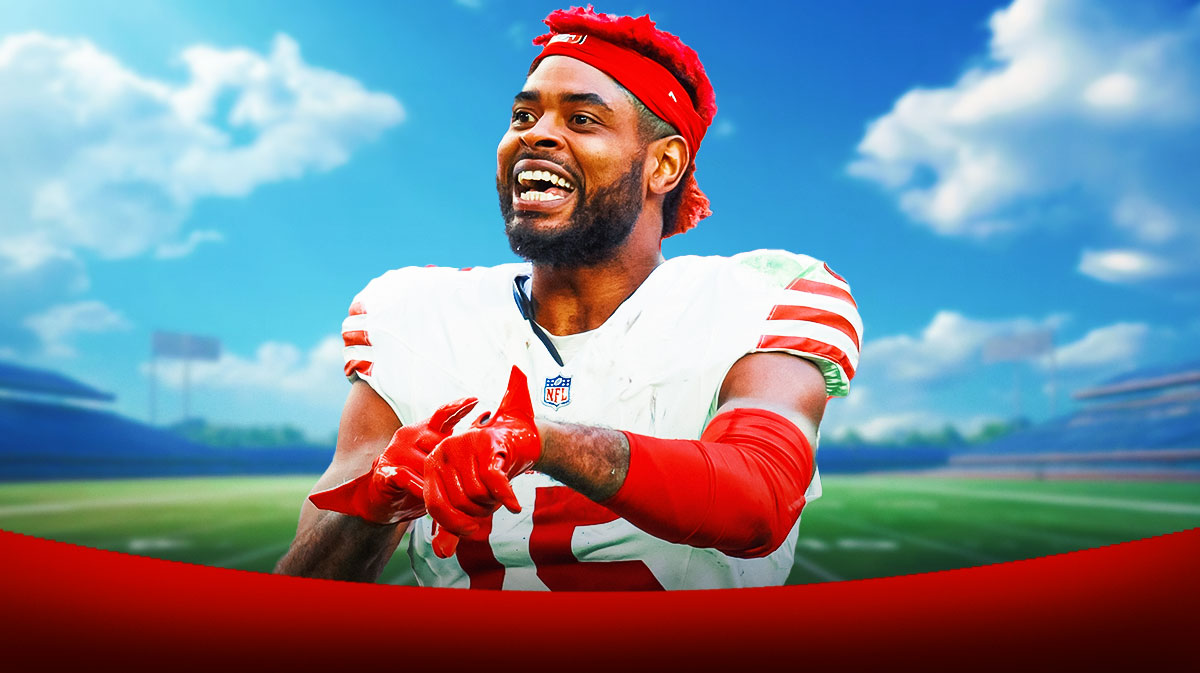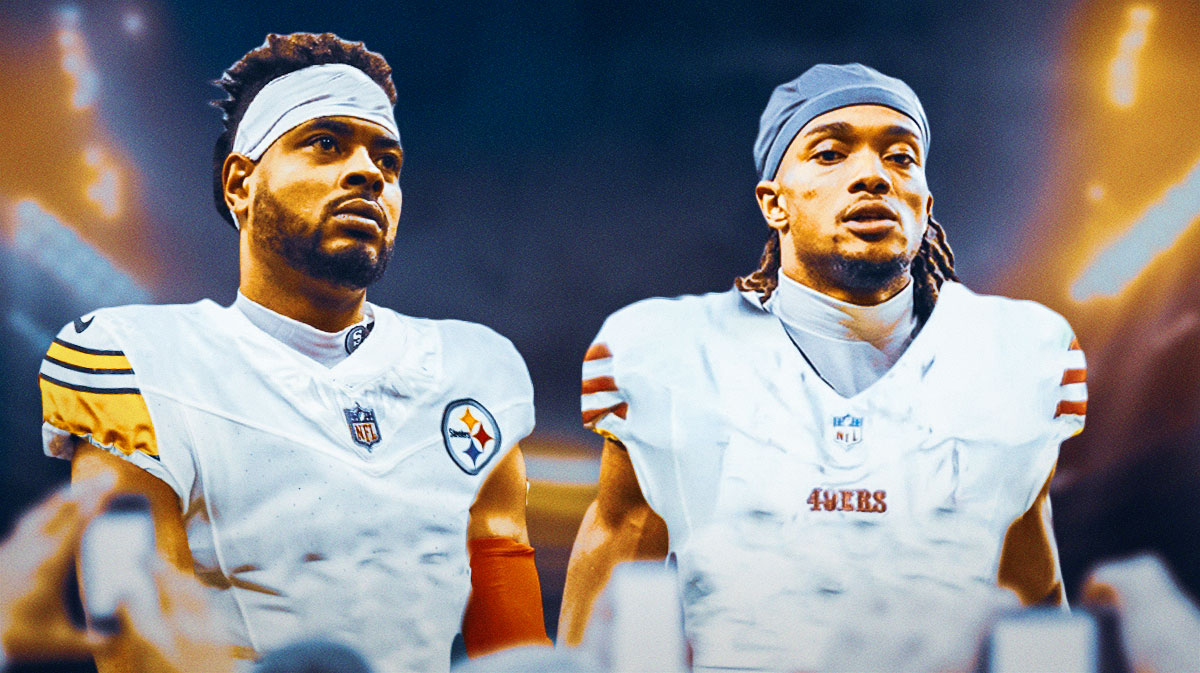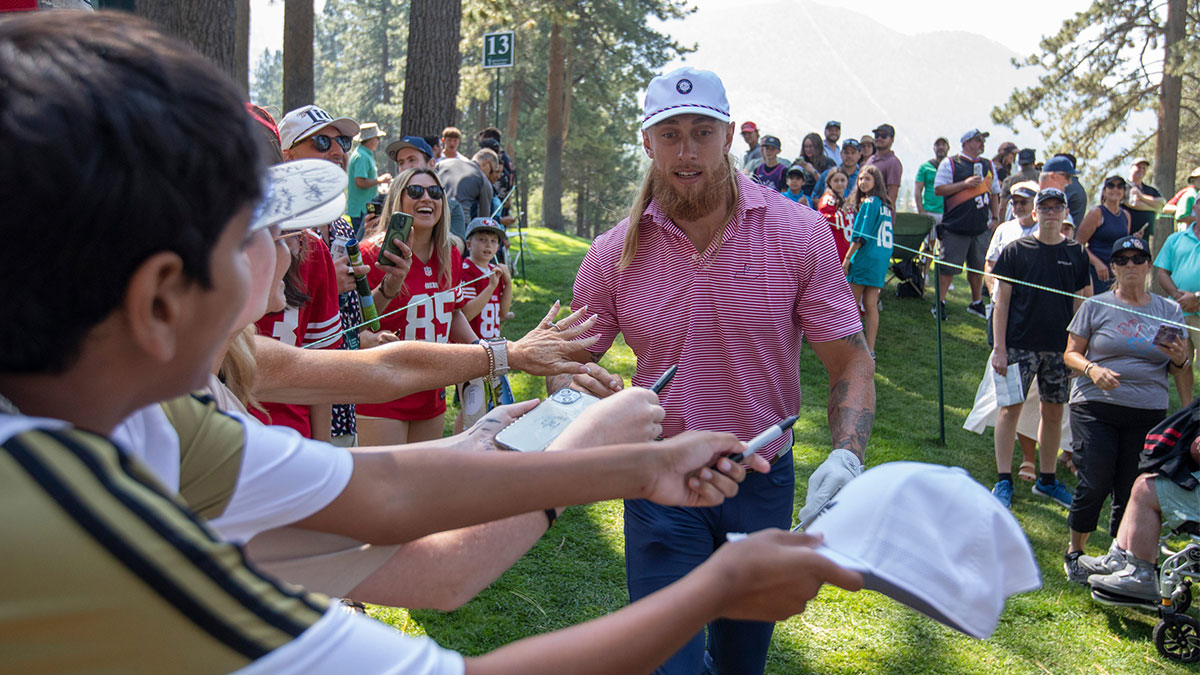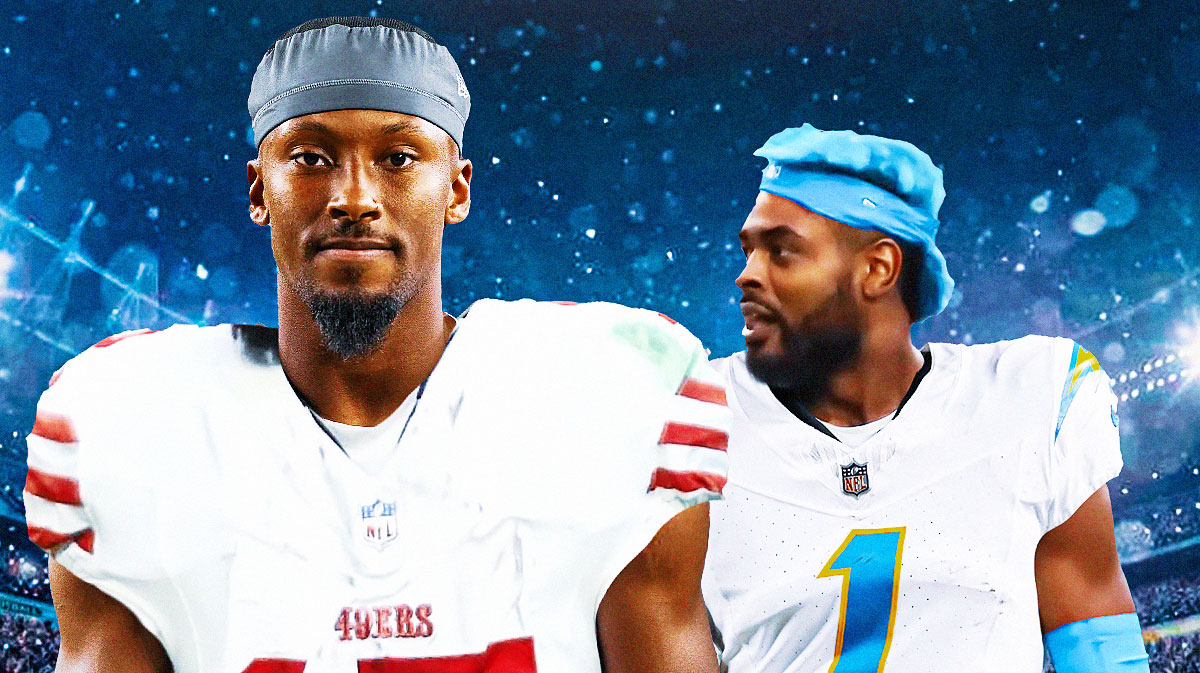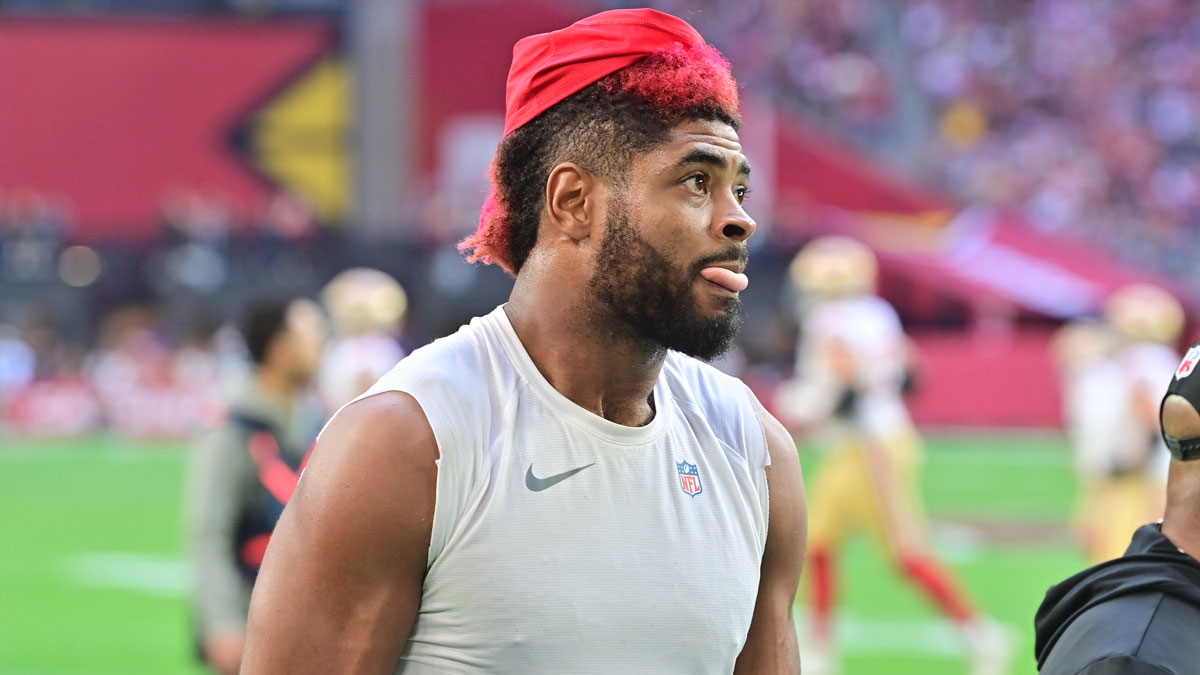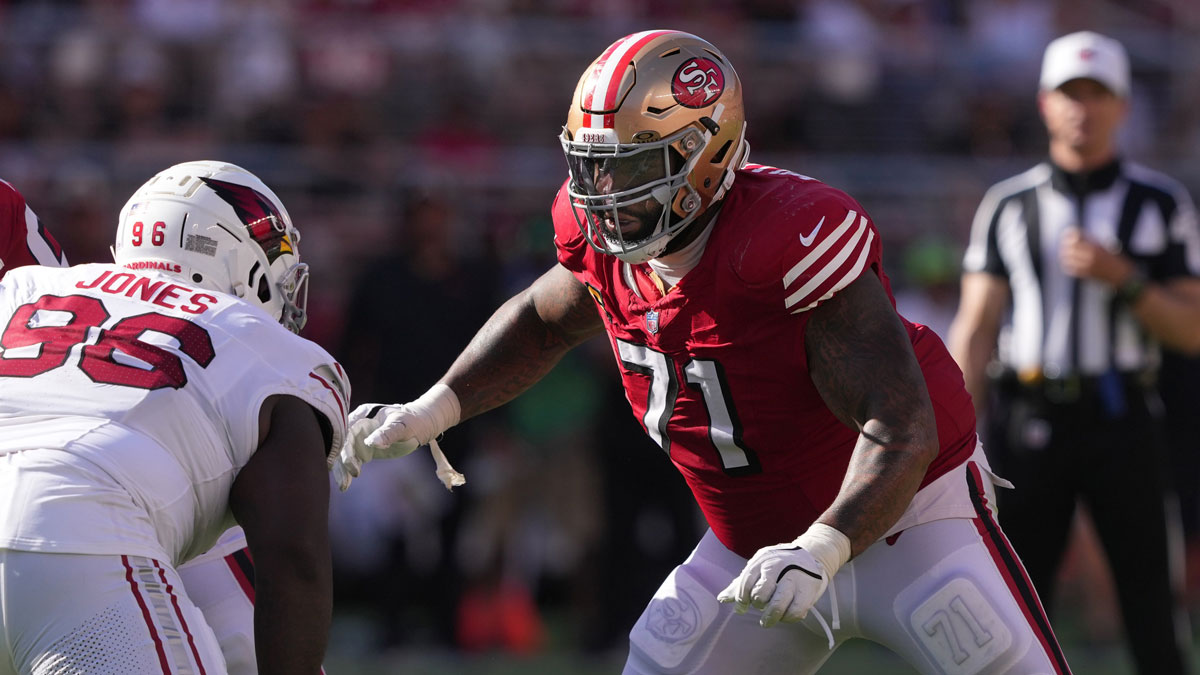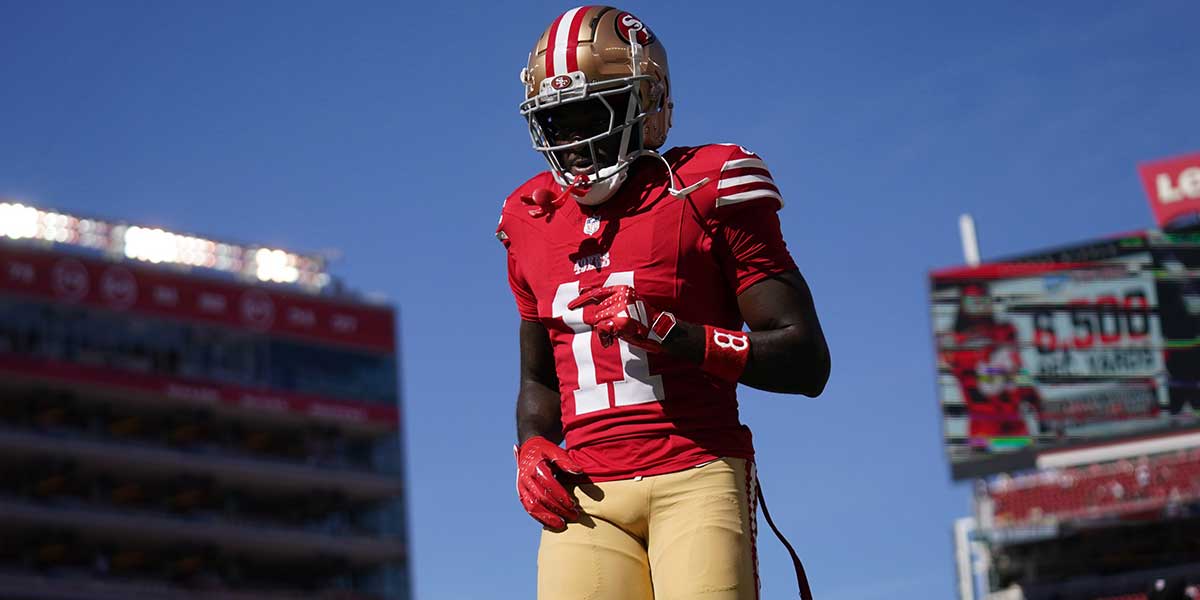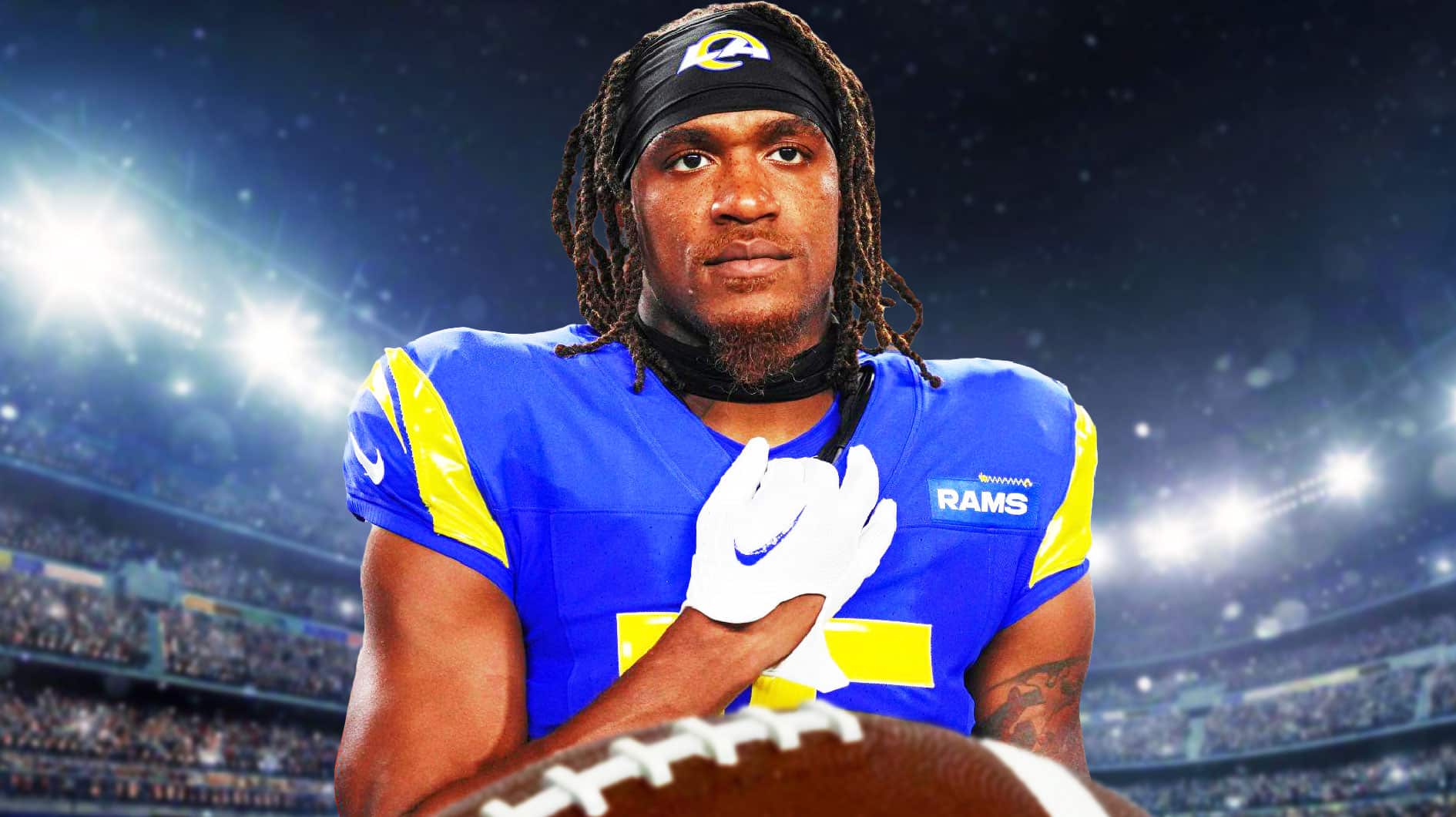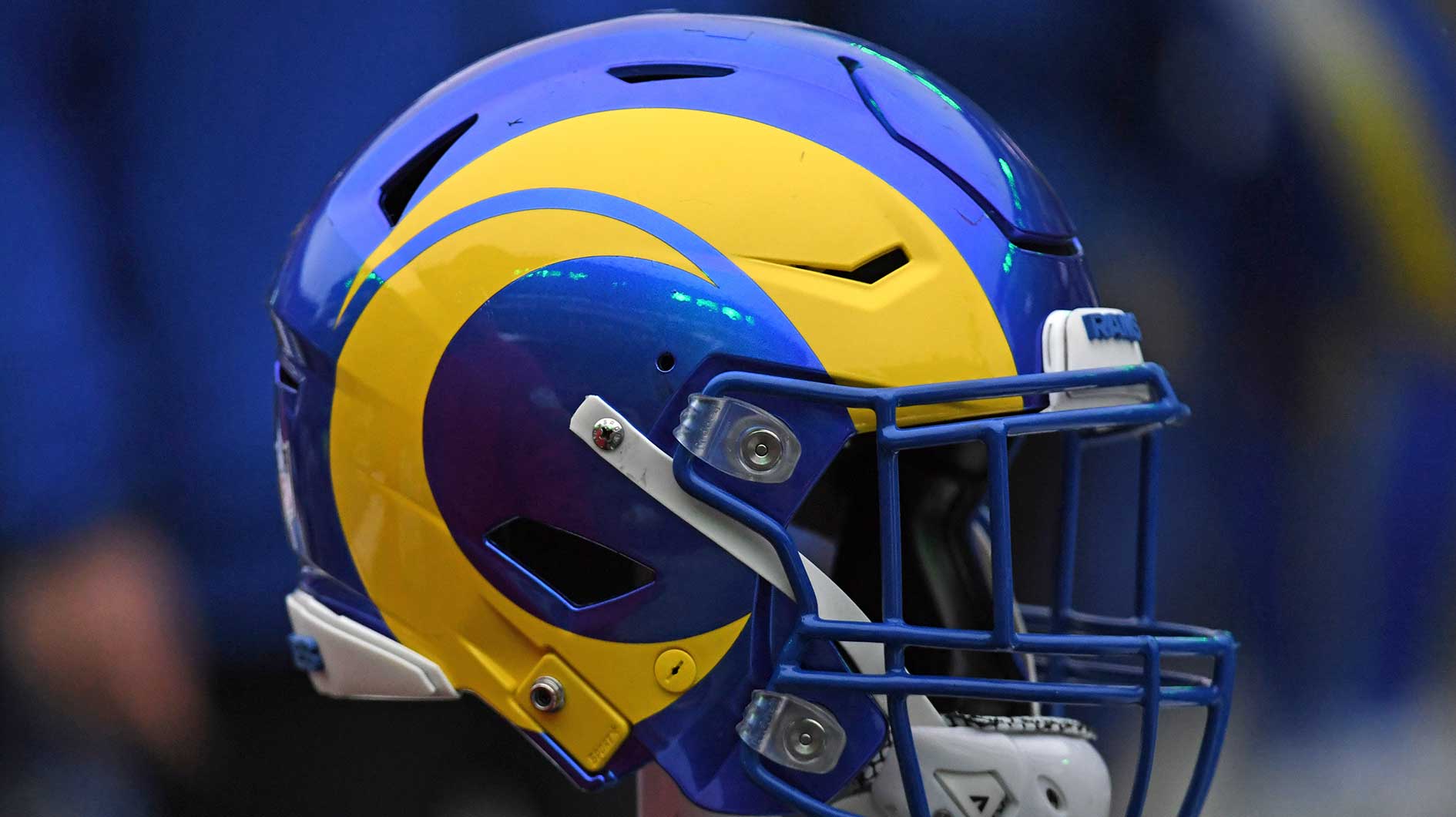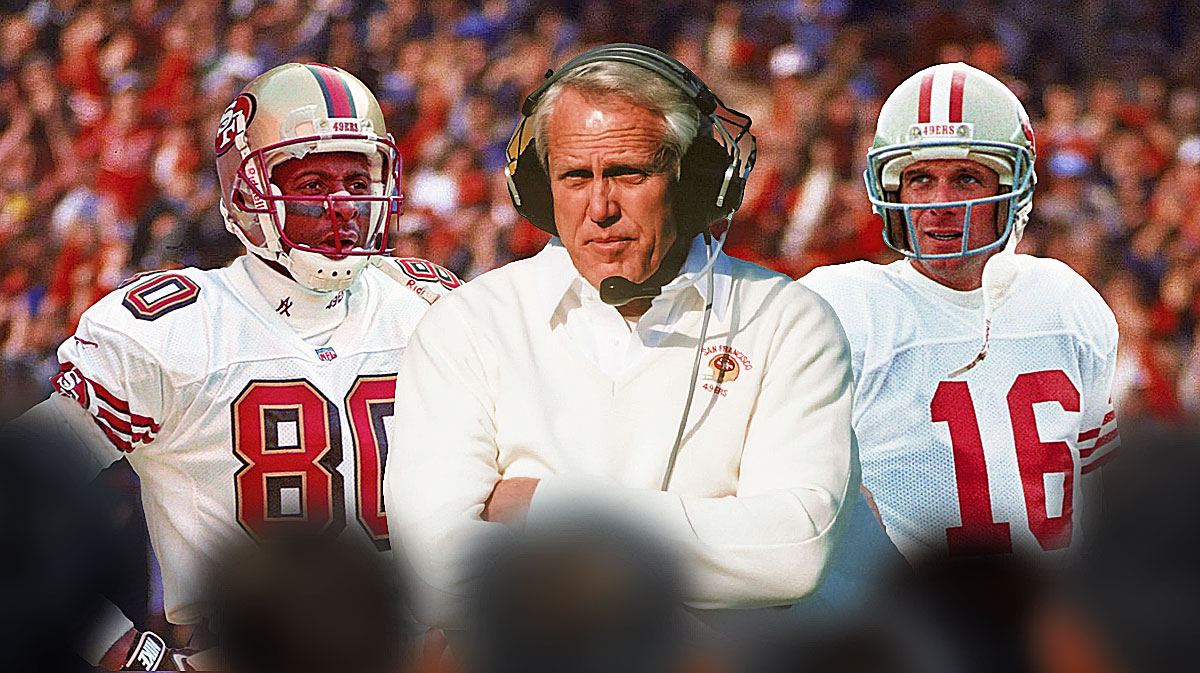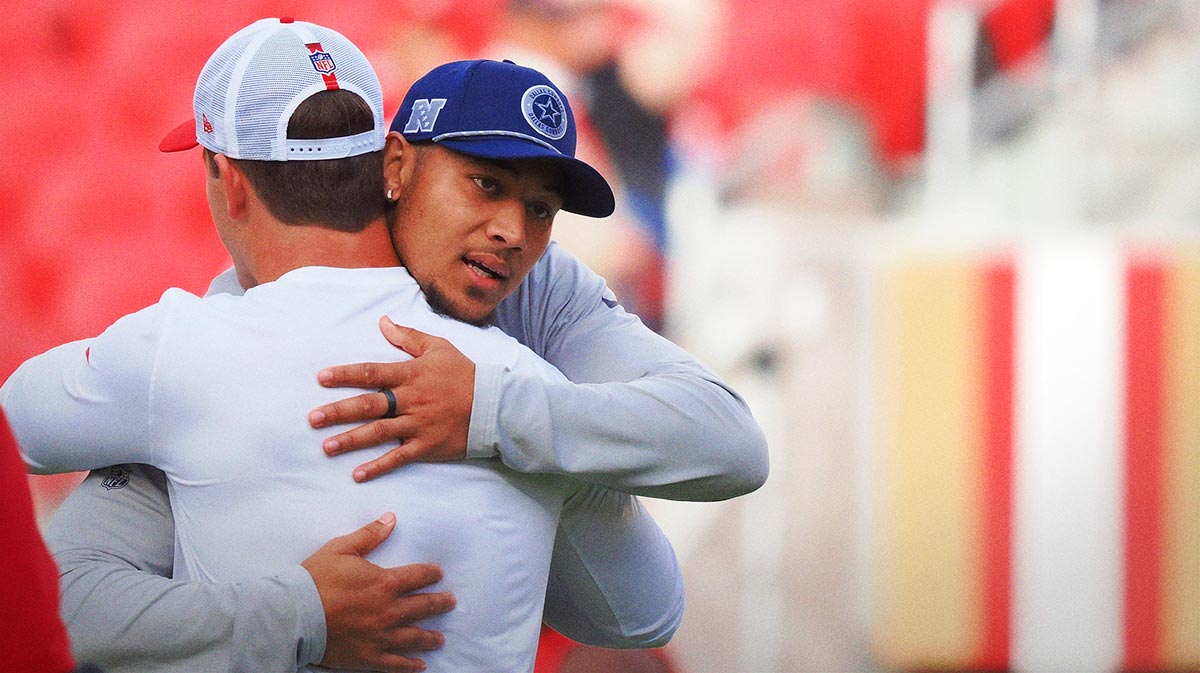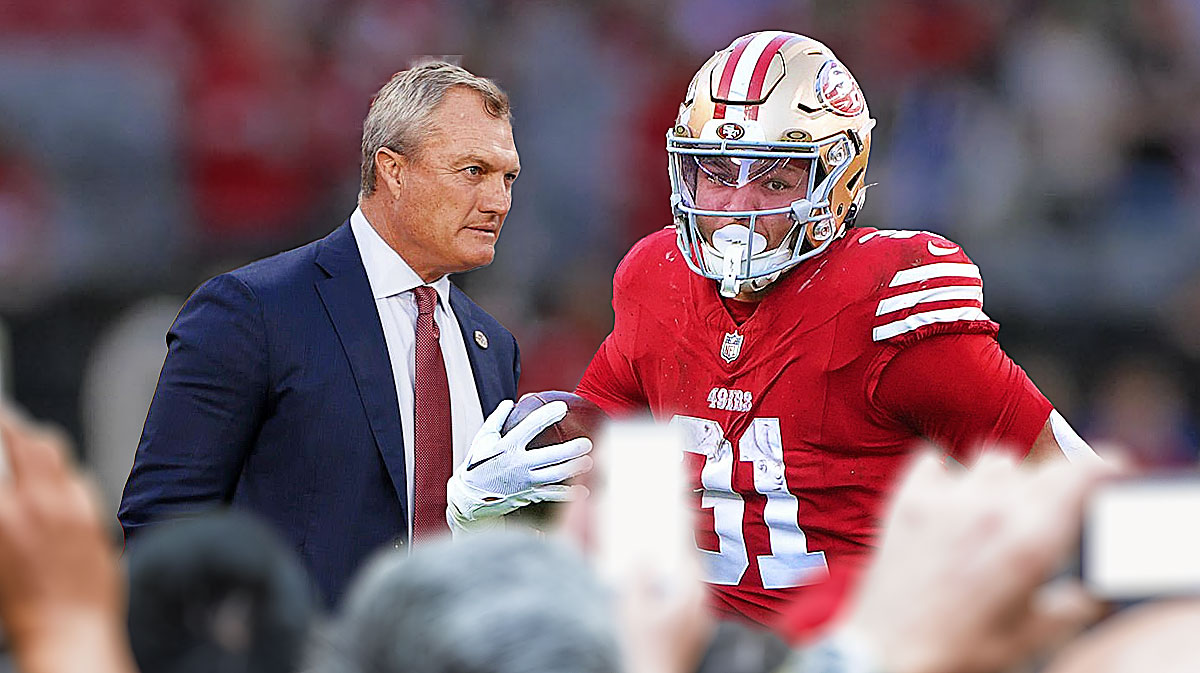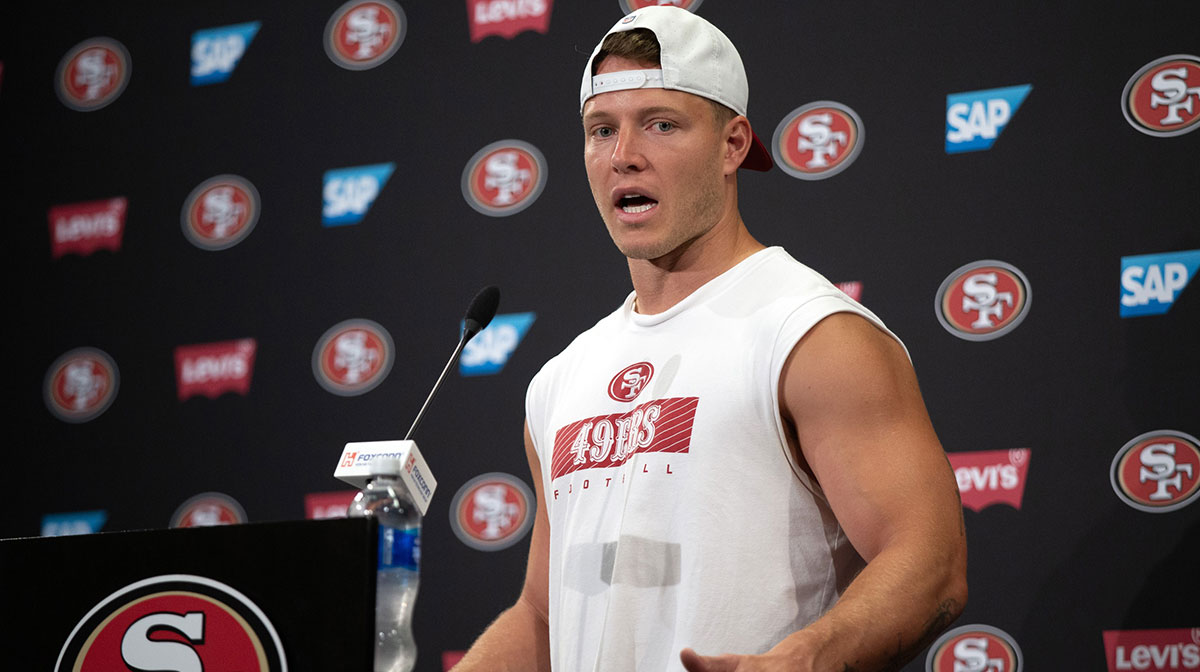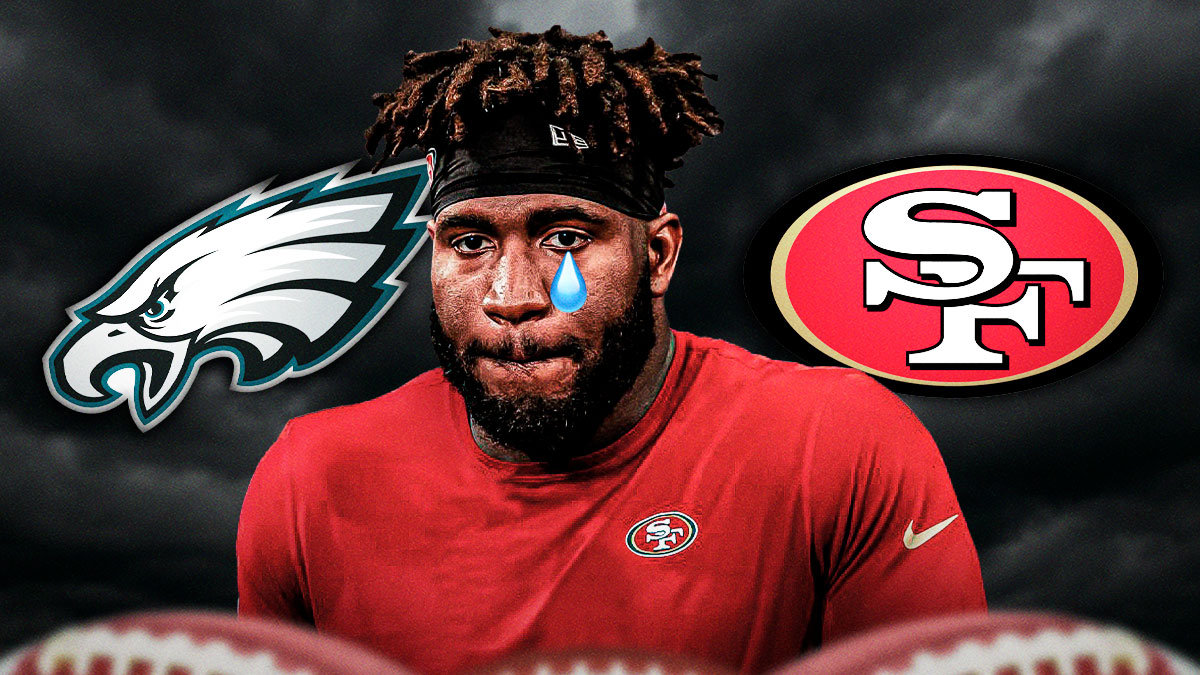A 2018 season the San Francisco 49ers approached with great expectations surrounding has been one of extreme disappointment for Kyle Shanahan's team, whose hopes of potential playoff contention were derailed by the torn ACL suffered by quarterback Jimmy Garoppolo in Week 3.
The 49ers sit at 2-8 coming off their bye and, if the draft were today, they would have the first pick. Garoppolo's injury is the obvious thing to point to as the key to the Niners' downfall, but there are underlying reasons beyond that as to why their season has gone so far south.
Putting Garoppolo to one side and focusing on the rest of the team, here we look at the three biggest reasons why San Francisco has nothing more than pride to play for in the final six games.
3. C.J. Beathard's lack of development
Most teams are a quarterback injury away from being contenders for a top-five pick, but the drop-off from Garoppolo to Beathard was even more stark than many imagined.
After winning just one game as starter in 2017, development was expected from Beathard in his second year in Shanahan's system, having been hand-picked by the 49ers head coach in the third round of last year's draft.

Despite impressive performances in losing efforts against the Los Angeles Chargers and Green Bay Packers, in his five starts so far in 2018, Beathard has displayed little development in improving his flaws. Beathard still holds on to the ball too long and gets stuck on progressions, leading him to take far too many unnecessary sacks.
Beathard's sack percentage has increased from 7.8 in 2017 to 9.6 this year. His failings in dealing with pressure are in marked contrast to former third-stringer Nick Mullens, who has yet to be sacked in two starts since displacing Beathard because of injury.
With that kind of disparity it is no surprise Shanahan has declared Mullens the starter until he says different. When Garoppolo went down, Beathard was the man the Niners turned to in the hope of keeping their season afloat, but his lack of composure in the pocket and when in position to win games sank their hopes of being competitive. Mullens has looked substantially more poised and the 49ers probably would have been better off had they turned to him sooner.

2. A lack of premier edge rushers
On the face of it, the 49ers' pass rush has improved. A year after finishing the season with 30 sacks, they have 26 with 10 games to go. However, those numbers are skewed by an eight-sack showing against a dreadful Oakland Raiders' offensive line in Week 9. The reality has been closer to what happened in Week 10, where the 49ers were frustrated in their efforts to get to Eli Manning, sacking him just once.
San Francisco is tied-16th in Football Outsiders' Adjusted Sack Rate metric and would likely rank much lower if not for the demolition of the Raiders. The reason for the continued pass rush struggles of a defense with three first-rounders up front is a distinct lack of talent on the edge.
DeForest Buckner is a stud on the defensive interior and has six sacks — putting him on pace for his first double-digit sack season — while Arik Armstead has also improved. But on nickel and dime downs the 49ers have largely had to rely on Cassius Marsh, who has just 3.5 sacks on the year and does not have the ability to consistently win one on one off the edge.

The Niners' outside pass rush has been somewhat boosted by the return of Dekoda Watson from injured reserve. He has two sacks in as many games, yet the fact the 49ers are relying on a player who has until this point been a career special teamer speaks volumes about their paucity of options.
San Francisco has had no problem creating interior disruption, but the talent on the outside to take advantage of it has not been there. Marsh is unable to get home on rushes far too often and, though Watson and the versatile Ronald Blair have made an impact, the absence of a dominant edge presence has been glaring.
Too many quarterbacks have had an easy ride against a defense that was expected to be improved in 2018. For that to change next year, San Francisco must invest heavily in edge rushers in the offseason.
1. An inconsistent secondary
The anticipated development of the 49ers defense was tied to expected strides from the younger members of a secondary bolstered by the free-agent signing of Richard Sherman.

Sherman has not lost a step coming off Achilles surgery. According to Pro Football Focus (h/t Chris Wesseling of NFL.com), he leads all cornerbacks in cover snaps per target and cover snaps per reception.
However, while Sherman is in the midst of a Pro Bowl or perhaps even All-Pro season, those around him have floundered. Ahkello Witherspoon has been up and down at the other starting cornerback spot after emerging down the stretch as a rookie in 2017. Adrian Colbert had a similarly disappointing sophomore effort at free safety before injury ended his season prematurely, while K'Waun Williams has also endured a drop-off playing in the slot.
Football Outsiders' DVOA metric helps illustrate the difference between Sherman and his secondary mates.
The 49ers rank 14th in DVOA in covering No. 1 receivers, more often than not the responsibility of Sherman, but rank 23rd against No. 2 wideouts and 31st covering ‘other' receivers. Yet, as bad as those numbers look, the pass defense has not exactly been porous. The 49ers are 15th in the NFL in passing yards allowed per game with 242, but generally solid efforts have often been undermined by miscommunications on the back end that have led to touchdowns.

There appeared to be multiple instances of communication breakdowns between the cornerbacks and free safety Jimmie Ward in the Week 10 loss to the New York Giants, those key miscues another example of the inconsistency that has defined the season for this young group. Too often the Niners' secondary has been caught off guard in the clutch, where winning positions have been allowed to slip, and their stumbles are a key reason why San Francisco's record is so poor.
Lynch and Shanahan may have viewed corner and safety as areas of strength going into the year, however, they will approach the offseason knowing both are likely areas of need.

